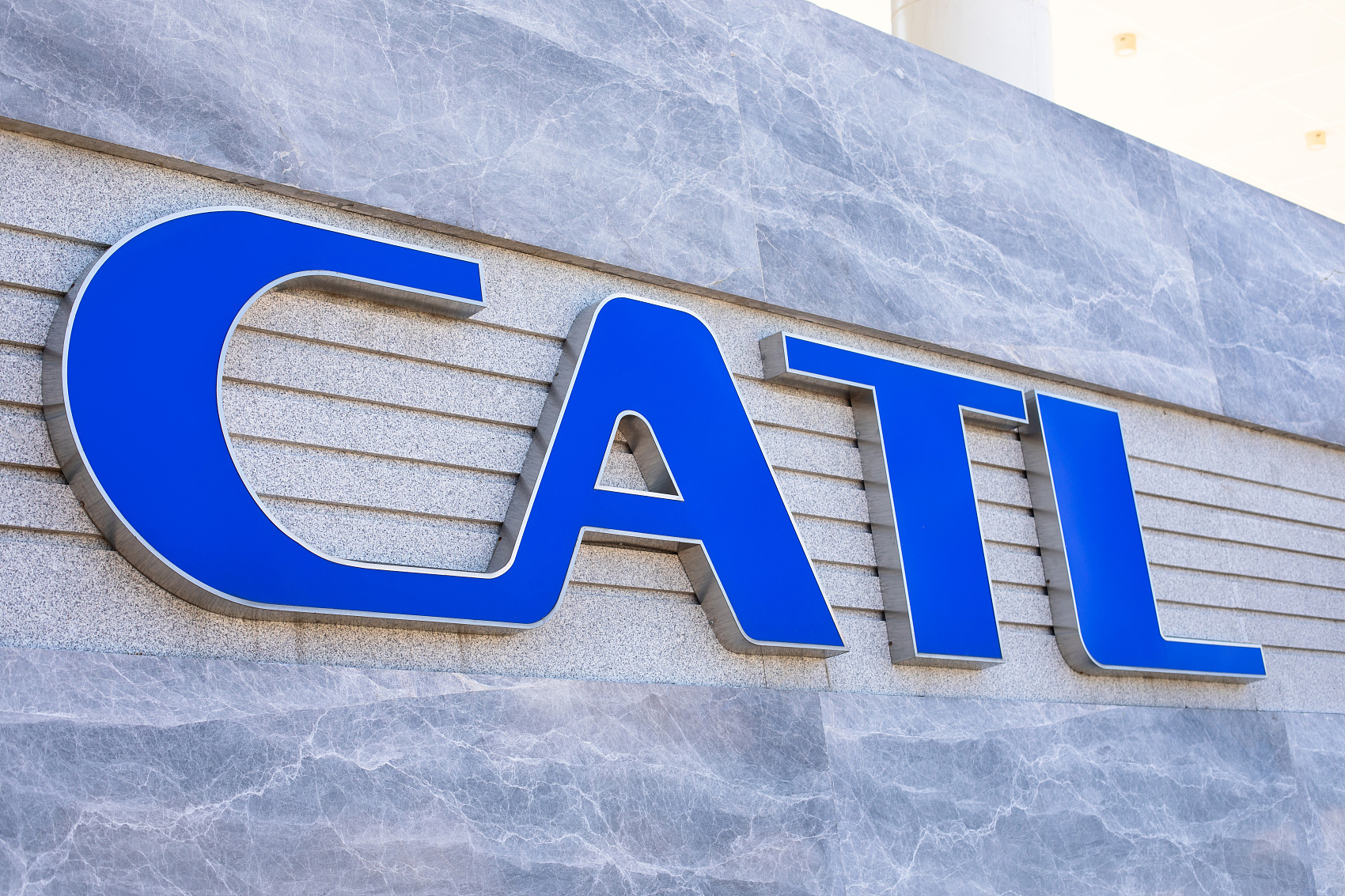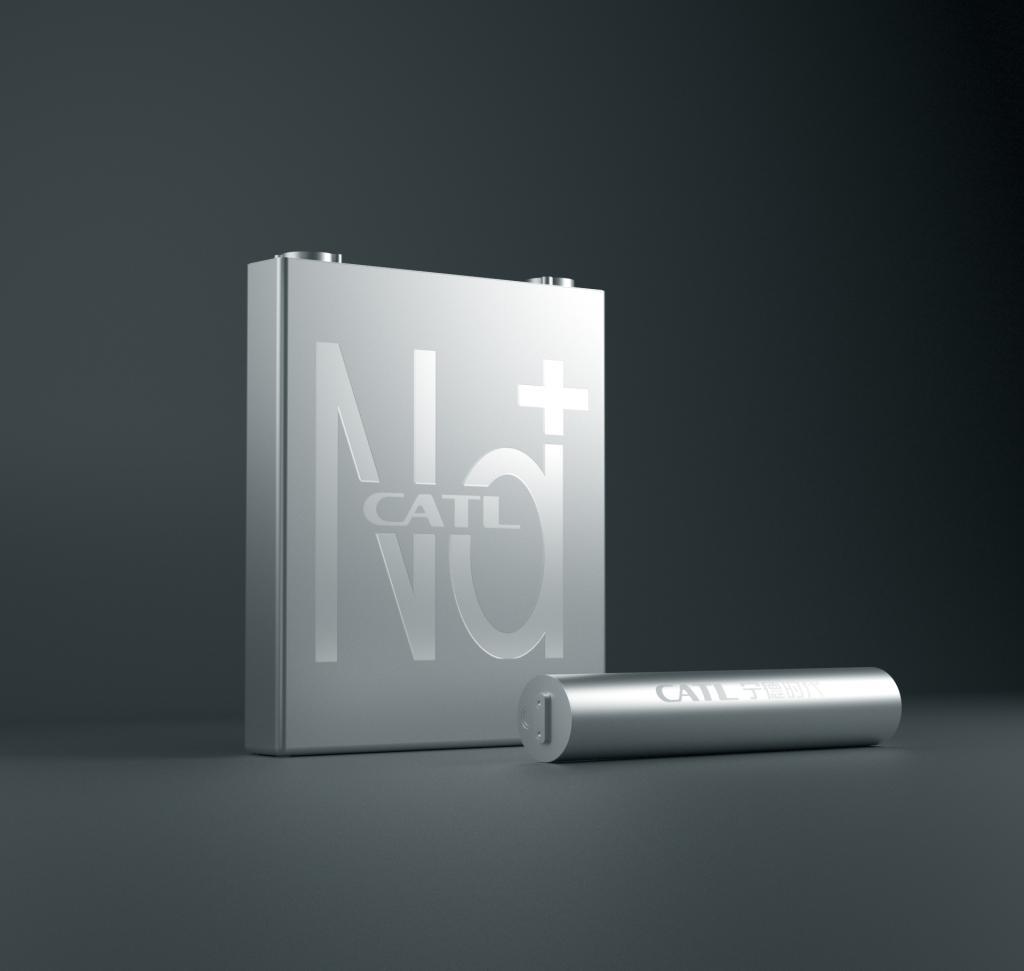On July 29, CATL (300750.SZ) released the first-generation sodium-ion battery, which once again ignited the enthusiasm of the capital market.
CATL said that overall, the energy density of the first-generation sodium-ion battery is slightly lower than the current lithium iron phosphate battery, but it has obvious advantages in terms of low-temperature performance and fast charging. CATL revealed to the reporter of “Daily Economic News” that the company has begun commercial cooperation with car companies and energy storage customers in the commercialization of the first generation of sodium-ion batteries.
Image source: Image courtesy of the company
“Sodium-ion batteries have unique advantages in low-temperature performance, fast charging, and environmental adaptability. They are compatible with lithium-ion batteries and complement each other. Diversified technical routes are also an important guarantee for the long-term stable development of our industry.” Ningde Times Chairman Zeng Yuqun said.
Affected by this good news, Ningde Times’ stock price closed at 556.80 yuan per share on the same day, up 6.05%, and its market value reached 1.30 trillion yuan. At the same time, the sodium-ion battery sector also ushered in the overall boom, Penghui Energy (300438.SZ), Xinwangda (300207.SZ), Bozhong Precision (688097.SH) and many other stocks ushered in a surge.
80% charge in 15 minutes at room temperature
In fact, the concept stocks related to sodium-ion batteries have not only recently attracted attention.
As early as May of this year, Zeng Yuqun stated at the shareholders meeting that sodium-ion battery technology has matured and will be released in July. At that time, capital’s sense of smell had already sensed the business opportunities, and the relevant stock prices had also experienced several rounds of rising.
The main reason why sodium-ion batteries are sought after is that compared with the lithium element in the earth’s crust with a content of only 0.0065%, the chemical properties of sodium, which accounts for 2.64% of the earth’s crust element reserves, have higher similarities to lithium and are less difficult to mine. , The price is also cheaper. At the same time, the structure and packaging process of sodium-ion batteries are highly similar to lithium batteries, which means that lithium battery factories can directly produce sodium-ion batteries without major changes. In addition, sodium ion batteries have obvious advantages in terms of safety, charging speed, and low temperature tolerance.
“The development of sodium-ion batteries is expected to alleviate the limited development of energy storage batteries caused by the shortage and uneven distribution of lithium resources, as an important supplement to lithium-ion batteries; it can also gradually replace lead-acid batteries that seriously pollute the environment, and has important economic benefits. Value and strategic significance.” said Hu Yongsheng, a researcher at the Institute of Physics, Chinese Academy of Sciences.
Previously, the biggest shortcoming restricting the development of sodium-ion batteries was energy density. The energy density of ordinary sodium-ion batteries is generally around 120Wh/kg, which is roughly equivalent to two-thirds of the energy density of lithium iron phosphate batteries and one-half of the energy density of lithium batteries.

Image source: Visual China
However, it is understood that the first-generation sodium-ion battery released by CATL uses Prussian white material with a higher gram capacity, and the charge rearrangement of the bulk structure of the material has solved the problem of rapid capacity decay of Prussian white during the cycle. A difficult problem. In terms of negative electrode materials, CATL has developed a hard carbon material with a unique pore structure, which has the characteristics of high gram capacity, easy deintercalation, and excellent cycling. In addition, CATL has also developed a new electrolyte system for sodium-ion batteries.
“Based on a number of technological innovations and breakthroughs, the cell energy density of the first-generation sodium battery of CATL is as high as 160Wh/kg; charging at room temperature for 15 minutes, the power can reach more than 80%; in a low temperature environment of -20°C, There is still a discharge retention rate of more than 90%; system integration efficiency can reach more than 80%; thermal stability far exceeds the safety requirements of national mandatory standards.” Huang Qisen, vice president of Ningde Times Research Institute, said.
Not only that, in terms of battery system integration, CATL released a self-developed AB battery solution, that is, sodium-ion batteries and lithium-ion batteries are mixed and matched in a certain proportion, integrated into the same battery system, and different batteries are processed through the BMS algorithm. Balanced control of the system. It is understood that AB batteries can make up for the energy density shortcomings of sodium-ion batteries at this stage, and at the same time give play to its advantages of high power and low temperature performance.
Sodium batteries or the main energy storage industry chain will be basically formed in 2023
“Some people think that it is difficult to innovate the chemical system of batteries and can only make some improvements in the physical structure, but we believe that the world of electrochemistry is like an energy cube, the unknown is far greater than the known.” Zeng Yuqun said.
As the mystery of sodium-ion batteries is unveiled, the pattern of the power battery industry will also usher in new changes.
There is a view that CATL’s release of sodium-ion batteries may be aimed at broad prospects in the field of energy storage. Grabbing the energy storage market means that CATL can obtain a new profit pool. On the other hand, if all sodium-ion batteries are used in the energy storage field, the demand for lithium carbonate is expected to be reduced by nearly 20%, which will greatly ease the supply of raw materials and price pressure in the power battery field.
“The earliest position in the development of the Ningde era was the power battery, and now I hope to use the sodium battery as the earliest position in the energy storage battery.” Bai Yiyang, the research department of CMB International believes that the biggest reason for the deployment of sodium-ion batteries by battery companies is not the lack of lithium resources. “Currently, the cost-reduction path of lithium batteries does not meet the energy storage needs, and sodium batteries will not affect the electric vehicle industry on a large scale. The CATL wants to use sodium batteries to continue the field of energy storage.” Bai Yiyang said.

Image source: Image courtesy of the company
Huajin Securities analysts believe that sodium-ion battery technology is an effective supplement to lithium-ion batteries, but considering that its theoretical energy density is lower than that of ternary lithium batteries, this shortcoming may cause sodium-ion batteries to never achieve large-scale in high-end models. application. Sodium-ion batteries are expected to partially replace lithium-ion batteries in the energy storage market and low-end power battery market.
The Everbright Securities Research Report predicts that sodium-ion batteries have good application prospects in the fields of energy storage, electric two-wheelers and A00-class automobiles; it is estimated that in 2025, the energy demand in these fields will be 48GWh, 41GWh and 34GWh, respectively.
“In the TWh era, just like lithium-ion batteries 30 years ago, sodium-ion batteries will open up a new commercial battery route. The innovation chain is deployed around the industrial chain, and the industrial chain is laid out around the innovation chain. The Ningde era has already begun to develop sodium-ion batteries. The layout of industrialization is planned to form a basic industrial chain in 2023.” Huang Qisen said.
However, the analysis report of the Kaiyuan Securities New Energy Research Team believes that compared with lithium-ion batteries, sodium-ion batteries currently have no obvious cost advantages, the technology and industrial chain are not yet mature, the lack of large-scale supply channels for core electrode materials and electrolytes, and battery-related standardization The system and parameter evaluation technology are not perfect yet, so the industrialization of sodium ion batteries in my country is still in its infancy.
Real-time query of global new pneumonia epidemic
